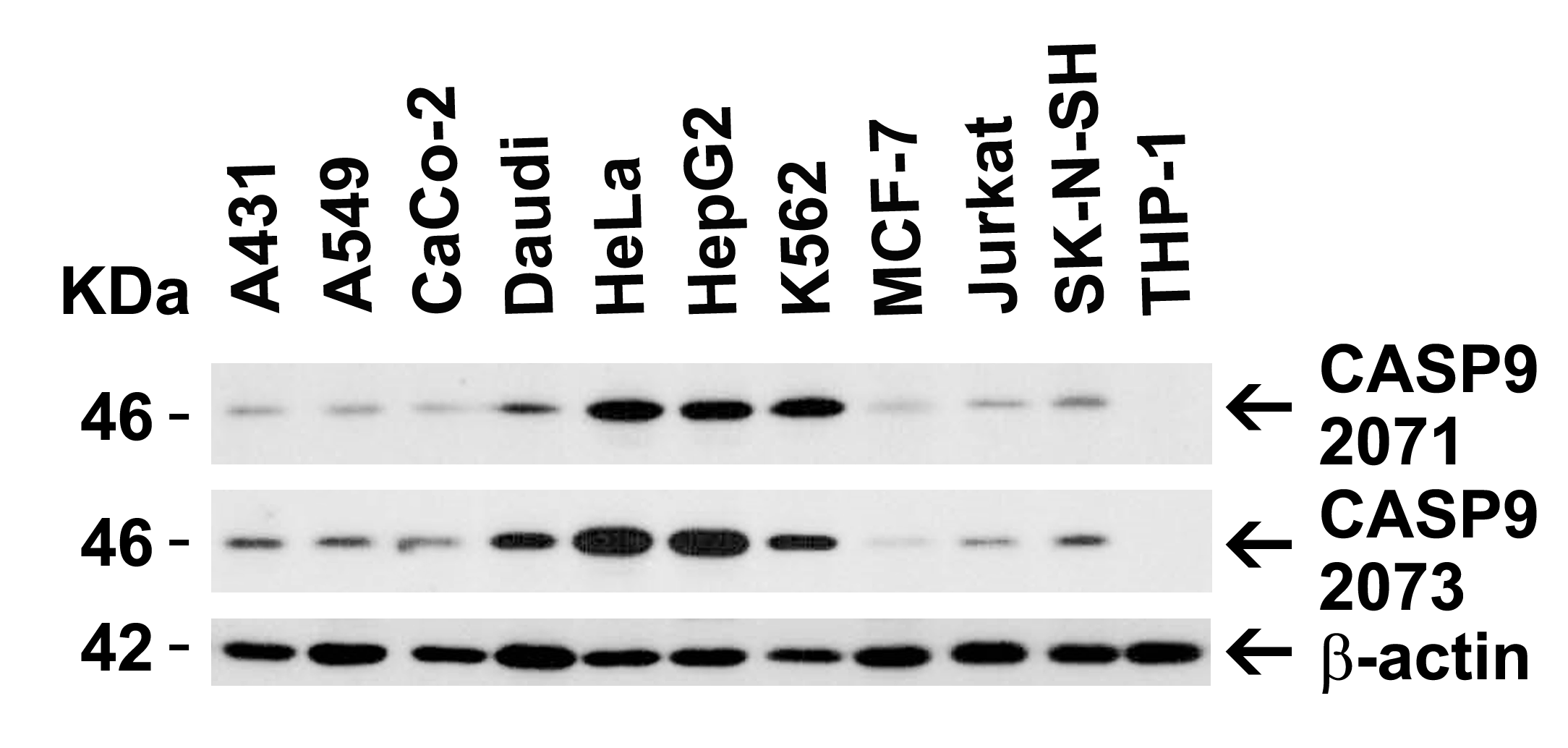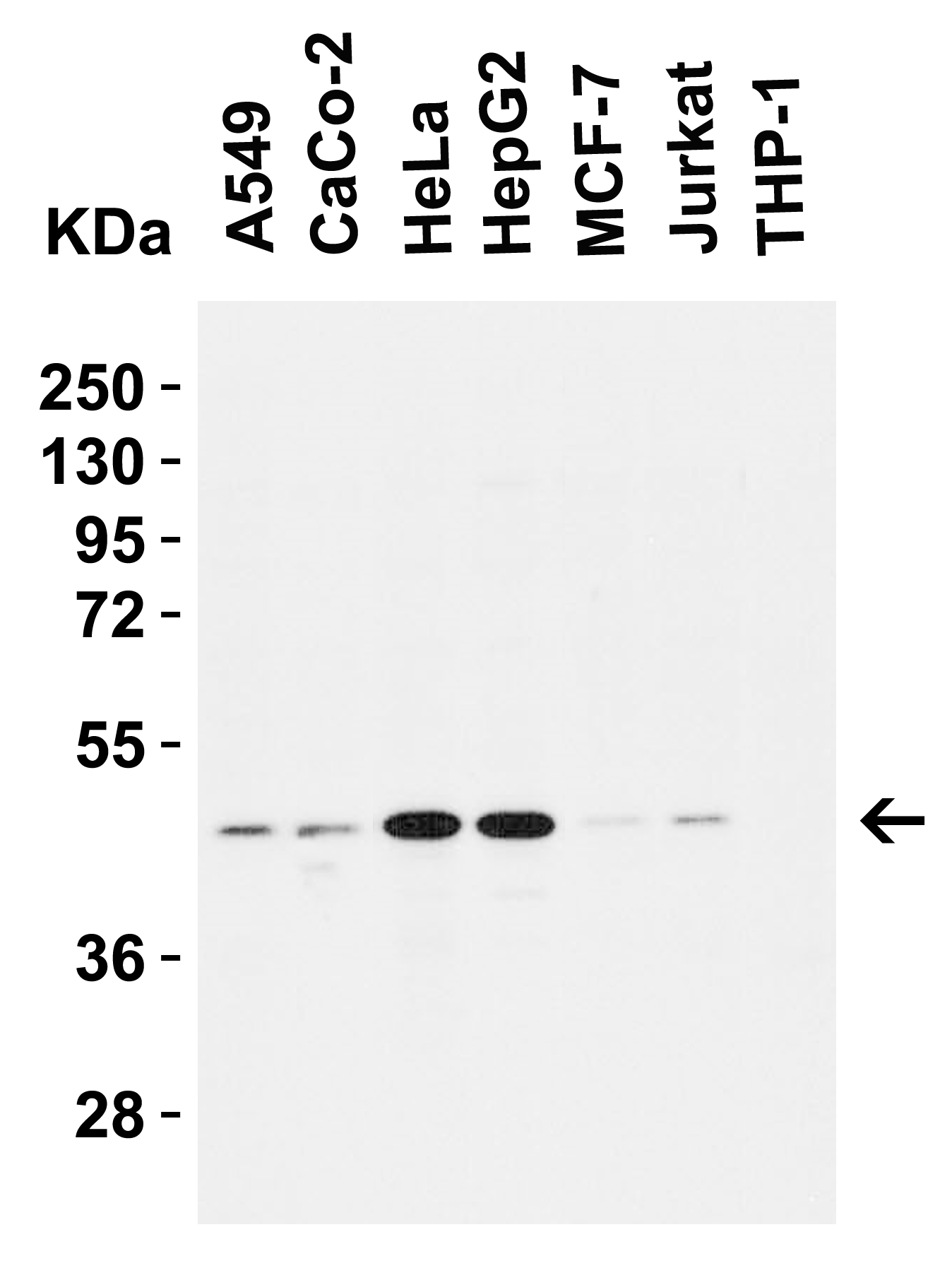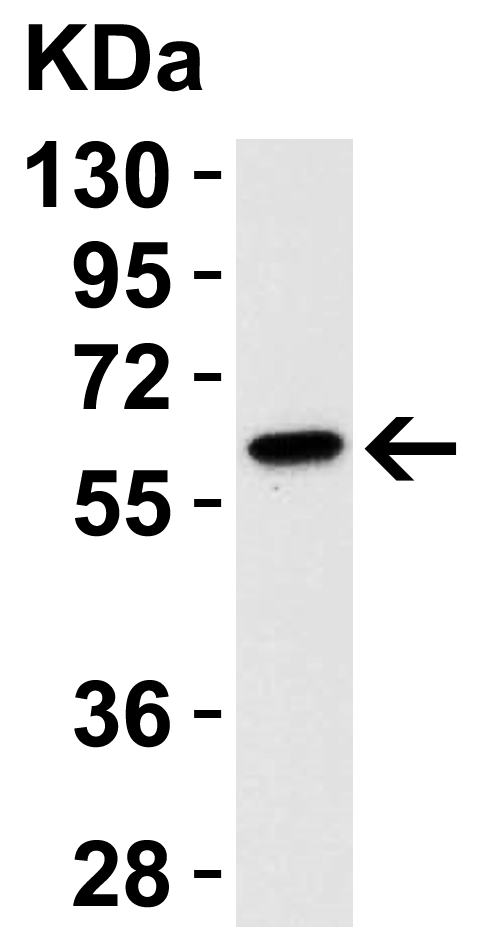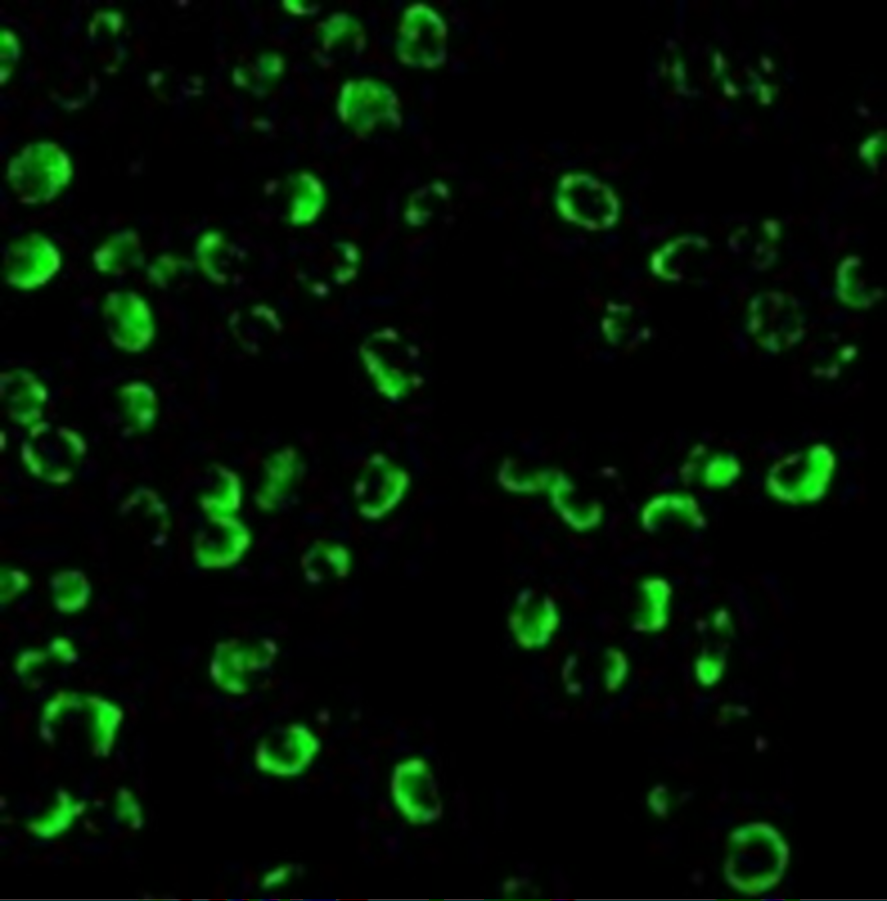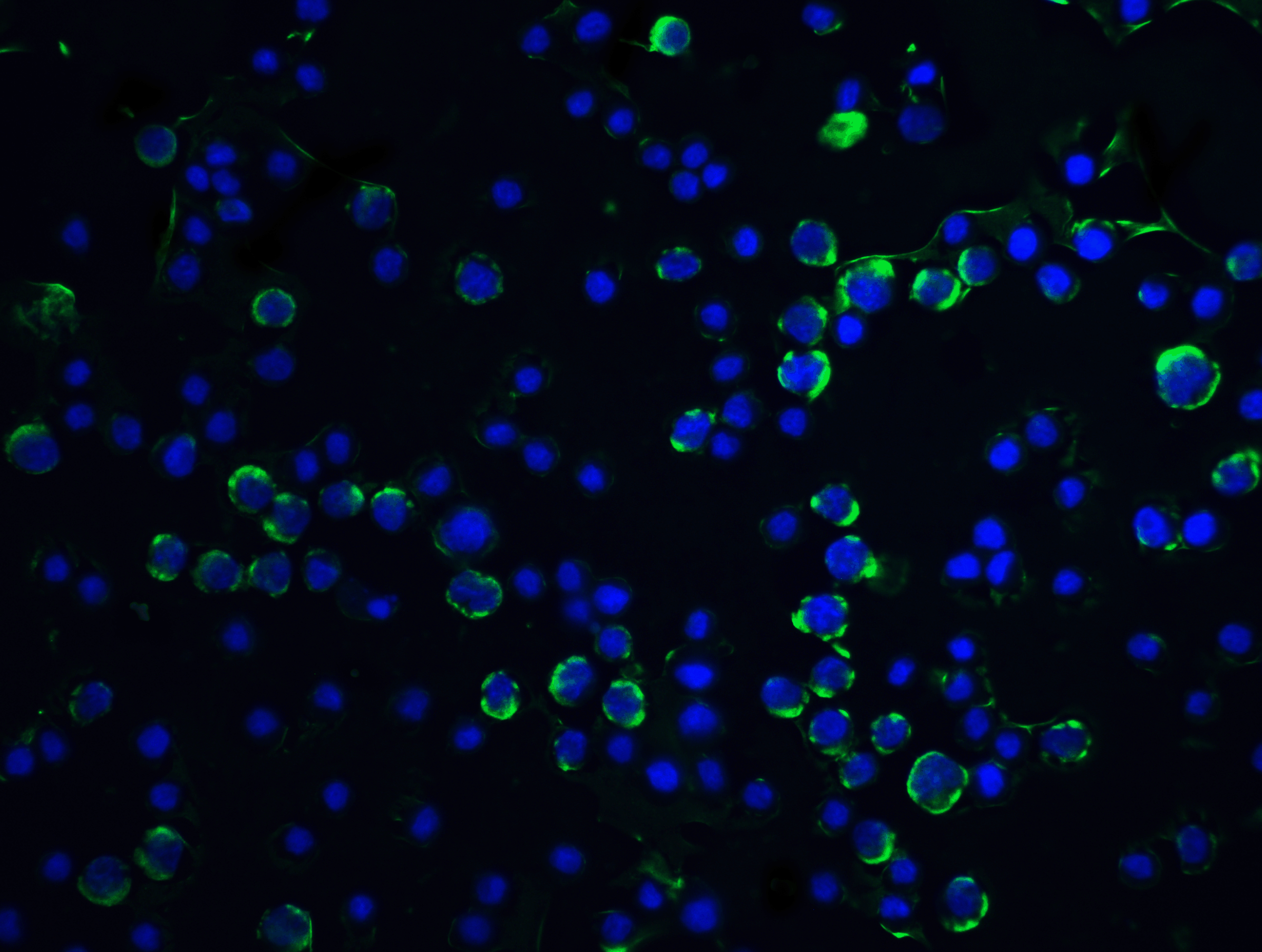Caspase-9 Antibody
Product Code:
PSI-2073
PSI-2073
Host Type:
Rabbit
Rabbit
Antibody Isotype:
IgG
IgG
Antibody Clonality:
Polyclonal
Polyclonal
Regulatory Status:
RUO
RUO
Applications:
- Enzyme-Linked Immunosorbent Assay (ELISA)
- Immunofluorescence (IF)
- Immunohistochemistry (IHC)
- Western Blot (WB)
No additional charges, what you see is what you pay! *
| Code | Size | Price |
|---|
| PSI-2073-0.02mg | 0.02mg | £150.00 |
Quantity:
| PSI-2073-0.1mg | 0.1mg | £449.00 |
Quantity:
Prices exclude any Taxes / VAT
Stay in control of your spending. These prices have no additional charges, not even shipping!
* Rare exceptions are clearly labelled (only 0.14% of items!).
* Rare exceptions are clearly labelled (only 0.14% of items!).
Multibuy discounts available! Contact us to find what you can save.
This product comes from: United States.
Typical lead time: 14-21 working days.
Contact us for more accurate information.
Typical lead time: 14-21 working days.
Contact us for more accurate information.
- Further Information
- Documents
- Related Products
- Show All
Further Information
Additional Names:
Caspase-9 Antibody: MCH6, APAF3, APAF-3, PPP1R56, ICE-LAP6, MCH6, Caspase-9, Apoptotic protease Mch-6, CASP-9
Application Note:
WB: 1 μg/mL; ICC: 2- 5 μg/mL; IF: 5-20 μg/mL.
Antibody validated: Western Blot in human and mouse samples, Immunocytochemistry, Immunofluorescence in human samples. All other applications and species not yet tested.
Antibody validated: Western Blot in human and mouse samples, Immunocytochemistry, Immunofluorescence in human samples. All other applications and species not yet tested.
Background:
Caspase-9 Antibody: Apoptosis is related to many diseases and induced by a family of cell death receptors and their ligands. Cell death signals are transduced by death domain containing adapter molecules and members of the caspase family of proteases. A novel member in the caspase family was recently identified and designated ICE-LAP6, Mch6, and Apaf-3. Caspase-9 and Apaf-1 bind to each other, which leads to caspase-9 activation. Caspase-9 is also activated by granzyme B and CPP32. Activated caspase-9 cleaves and activates caspase-3 that is one of the key proteases, being responsible for the proteolytic cleavage of many key proteins in apoptosis. Caspase-9 play a central role in cell death induced by a wide variety of apoptosis activators including TNFα, TRAIL, anti-CD-95, FADD, and TRADD. Caspase-9 is expressed in a variety of human tissues.
Background References:
- Duan et al. J Biol Chem 1996;271:16720-4.
- Srinivasula et al. J Biol Chem 1996;271:27099-106.
Buffer:
Caspase-9 Antibody is supplied in PBS containing 0.02% sodium azide.
Concentration:
1 mg/mL
Conjugate:
Unconjugated
DISCLAIMER:
Optimal dilutions/concentrations should be determined by the end user. The information provided is a guideline for product use. This product is for research use only.
Homology:
Predicted species reactivity based on immunogen sequence: Rat (50%).
Immunogen:
Anti-Caspase 9 antibody (2073) was raised against a peptide corresponding to 20 amino acids near the center of human Caspase 9.
The immunogen is located within amino acids 290-340 of Caspase 9.
The immunogen is located within amino acids 290-340 of Caspase 9.
ISOFORMS:
Human CASPASE 9 has 4 isoforms, including isoform 1 (416aa, 46kD), isoform 2 (266aa, 30kD), isoform 3 (154aa, 17kD), and isoform 4 (333aa, 37kD). Mouse CASPASE 9 has one isoform (454aa, 50kD) and Rat CASPASE 9 also has one isoform (454aa, 50kD). 2073 can detect human and mouse isoform.
NCBI Gene ID #:
842
NCBI Official Name:
caspase 9, apoptosis-related cysteine peptidase
NCBI Official Symbol:
CASP9
NCBI Organism:
Homo sapiens
Physical State:
Liquid
PREDICTED MOLECULAR WEIGHT:
Predicted: 46kD
Observed: 46 kD
Observed: 46 kD
Protein Accession #:
P55211
Protein GI Number:
28558771
Purification:
Caspase-9 Antibody is affinity chromatography purified via peptide column.
Research Area:
Apoptosis,Cancer
SPECIFICITY:
Caspase-9 antibody is predicted to have no cross reactivity to other members in the caspase family.
Swissprot #:
P55211
User NOte:
Optimal dilutions for each application to be determined by the researcher.
VALIDATION:
Independent Antibody Validation in Cell lines (Figure 1) shows similar CASPASE 9 expression profile in human cell lines detected by two independent anti-CASPASE 9 antibodies that recognize different epitopes, 2071 against N-terminus domain and 2073 against central domain. CASPASE 9 proteins are detected in the most tested cell lines at different expression levels by the two independent antibodies.
Documents
Related Products
| Product Name | Product Code | Supplier | Caspase-9 Peptide | PSI-2073P | ProSci | Summary Details | |||||||||||||||||||||||||||||||||||||||||||||||||||||||||||||||||||||||||||||||||||||||||||||
|---|---|---|---|---|---|---|---|---|---|---|---|---|---|---|---|---|---|---|---|---|---|---|---|---|---|---|---|---|---|---|---|---|---|---|---|---|---|---|---|---|---|---|---|---|---|---|---|---|---|---|---|---|---|---|---|---|---|---|---|---|---|---|---|---|---|---|---|---|---|---|---|---|---|---|---|---|---|---|---|---|---|---|---|---|---|---|---|---|---|---|---|---|---|---|---|---|---|---|---|


